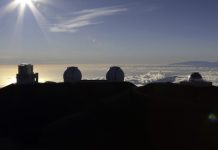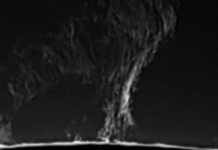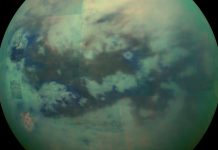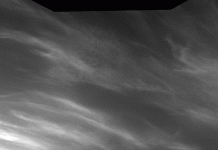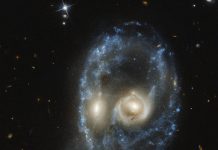The universe is a choreography of many celestial pirouettes. The moon orbits the Earth, which travels around the sun, and our parent star also moves about our galaxy.
And beyond the border of the Milky Way lies a fascinating satellite galaxy that’s dancing around our galactic home and taking center stage in new imagery.
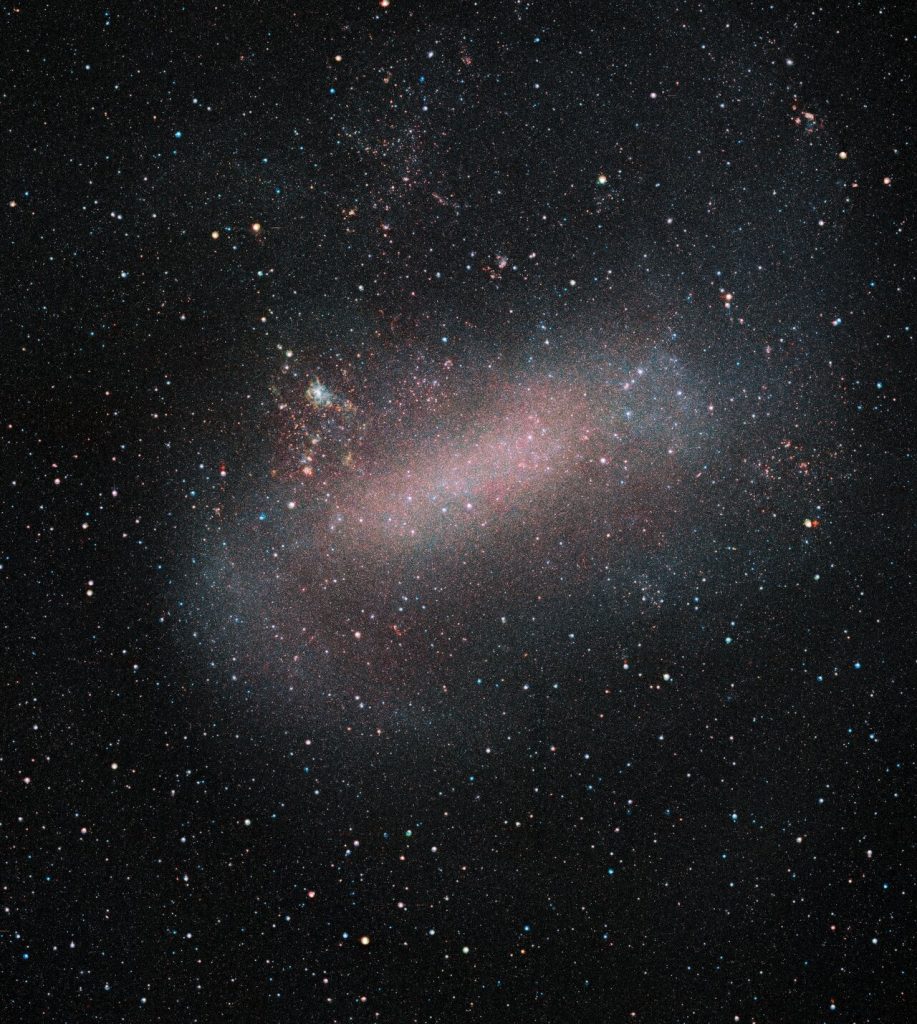
Scientists definitely sense a “star quality” about that galaxy, the Large Magellanic Cloud, mostly because it is making so many new stars. And a current mission of the European Southern Observatory’s (ESO) VISTA telescope has been studying this dwarf galaxy’s history of star formation and modeling its structure in 3D to better understand how galaxies coalesce.
The Large Magellanic Cloud and its sibling, the Small Magellanic Cloud, appear like the thumbprints left on a piece of glass. These dwarf galaxies are some of the Milky Way’s closest neighbors, floating in “a long and slow dance around our galaxy,” according to NASA.
The new imagery from VISTA, an abbreviation for Visible and Infrared Survey Telescope for Astronomy, shines a spotlight on the Large Magellanic Cloud, showcasing it in “unprecedented detail,” ESO officials said in a statement.
Even though the Large Magellanic Cloud is relatively close to us, at just 163,000 light-years from Earth, dust clouds obscure parts of the structure. VISTA can see through this material because, like its name suggests, it observes the sky in near-infrared wavelengths of light. If you imagine a rainbow, infrared light would lie beyond the red. These wavelengths are long and invisible to the naked eye but can pass through dense regions of material in space with less scattering.
VISTA makes it possible to analyze about 10 million stars in the Large Magellanic Cloud in detail by peering through the veil of dust, ESO officials said.
ESO is a prominent intergovernmental astronomy organization in Europe, and its VISTA telescope is located at the Paranal Observatory atop Cerro Paranal in northern Chile.

